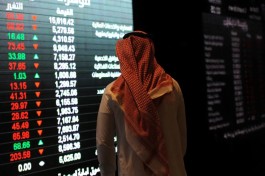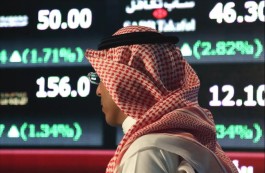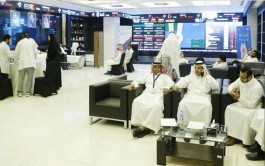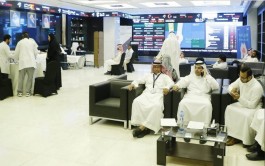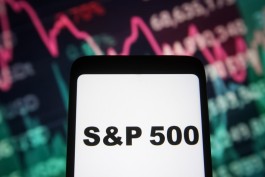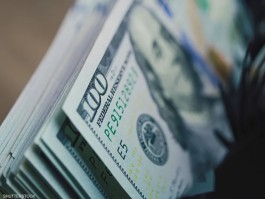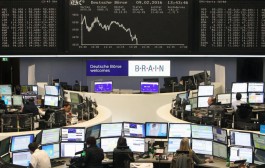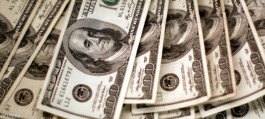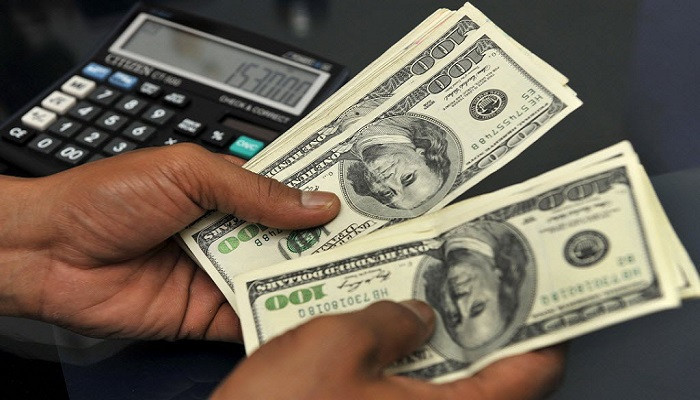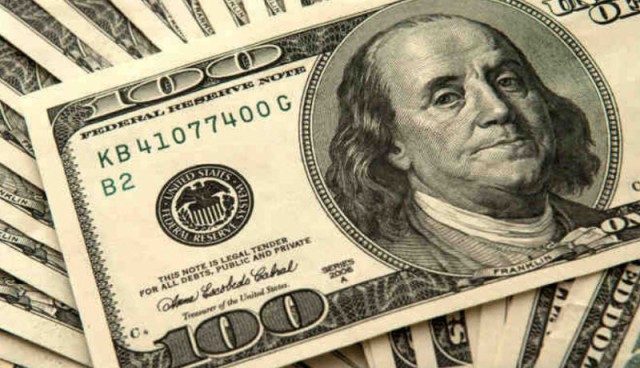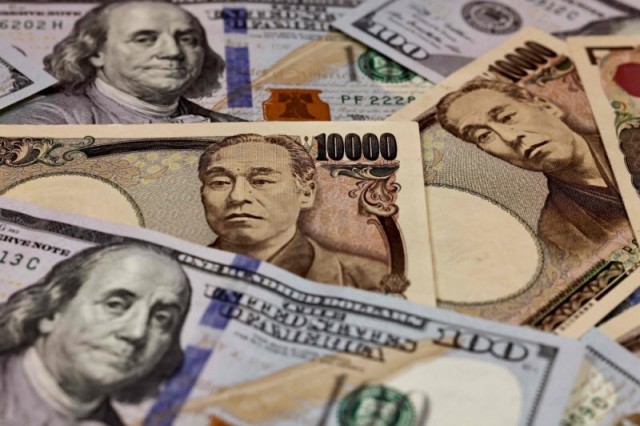The latest leading indicators released in the US, Eurozone and Australia revealed weak inflation rates over the past week, in a recent sign that global inflation may indeed have peaked. Recently, the complex supply chain problems caused by the (Covid-19) pandemic and the war in Ukraine have subsided, due to falling food and fuel costs.
According to the report of the National Bank of Kuwait, which the (Namaazone) website received its copy today, Sunday, one of the factors that also affects global economies, although its effects appear after a while, is the raising of central banks worldwide interest rates to historical levels in response to the escalating pace of entrenched inflation that It lasted longer than expected.
Currently, Bloomberg Economics estimates that the worldwide inflation rate will exceed 9.8% year-on-year during the third quarter of the year, declining to 9.5% in the fourth quarter, and finally reaching 5.3% by the end of 2023. However, despite From this, there are still significant risks in terms of supply chains that have not yet been addressed, in addition to the exposure of commodity prices to the risks of rising again once economic activity in China is fully reopened, and the high cost of living may continue to push wages higher.
The jobs report blows expectations
The pace of job growth in November was much better than expected, as non-farm payrolls increased by 263 thousand jobs during the month while the unemployment rate stabilized at 3.7%. The data was much better than expectations, which indicated a growth of 200 thousand jobs, and slightly less than the levels recorded in October of 285 thousand jobs.
Those numbers will do little to slow the pace of the Federal Reserve's interest rate hike, as it focuses on reducing inflation, which has reached its highest level in 40 years. An obstacle to the Fed's anti-inflationary measures appeared, as average hourly earnings jumped by more than double the expected rate, by an estimated 0.6% during the month.
And after raising interest rates by 75 basis points at its last four meetings, Fed officials have signaled that the pace may soon slow. Markets are now expecting the central bank to raise interest rates by 50 basis points at its December meeting.
The Fed's favorite indicator of inflation is slowing
Inflation in the US is still accelerating, but is starting to show some signs of slowing down, which is good news for policy makers trying to moderate rapid interest rate increases that have reached historically high levels. Prices as measured by personal consumption expenditures rose 6% year-on-year in October, in line with expectations and against 6.3% in September.
As for the core inflation index, which Federal Reserve Chairman Jerome Powell confirmed is one of the most important measures related to inflation, it rose less than expected by 0.2% on a monthly basis in October. Although the report revealed that inflation rates had begun to decline, it was still well above the Federal Reserve's target of 2%.
The stability of consumer confidence rates, supported by the strength of the labor market
With inflation and economic uncertainty continuing to weigh on the US consumer, confidence eased in November as was widely expected. The Conference Board Consumer Confidence Index reached 100.2 last month, compared to 102.2 in October. The index reached its lowest level since July, when it fell to 95.7, in light of the historic rise in gas prices, and November marks the second month in a row that the benchmark rate declined.
Gas and food prices are the main reason for the decline in confidence and continue to dominate assessments of short-term economic conditions. The current economic situation index fell to 137.4, compared to 138.7, and the economic expectations index fell from 77.9 to 75.4.
Exceeding the index reading above 100 indicates optimism about the economy and the tendency towards increased spending. Although inflation remained high, the strength of the labor market left shoppers in relatively stable financial conditions supported by savings and job security. As the main driver of the US economy, consumer spending remains resilient.
As evidenced by data for the last two months of the year, which account for about 20% of total retail sales, according to the National Retail Federation. Sales could grow during the holiday period, according to data from the National Retail Federation, to $960.4 billion, compared to $889.3 billion spent in the same period last year.
Manufacturing sector downturn
For the first time since the onset of the pandemic in 2020, manufacturing activity contracted in the United States, due to the impact of higher borrowing costs on demand for goods. The Institute for Supply Management said last week that the factory activity index fell from 50.2 in October to 49, marking the first contraction and the weakest reading recorded by the index since May 2020.
A reading above 50 represents a growth in the activities of the sector, which represents about 11.3% of the US economy. Among the six largest industrial sectors, only two sectors registered growth last month. In total, only six industrial sectors registered growth, while the performance of 12 sectors contracted in November. At the same time, the forward-looking new orders sub-index in the survey fell to 47.2, marking the third consecutive month of contraction.
Market movement
The US dollar index lost about 1.4% of its value last week before recovering, which contributed to the arrival of both the euro and the pound sterling to their highest levels recorded in 6 months at the level of 1.0544 and 1.2309.
US Treasury yields jumped after the release of the latest jobs report, which came out stronger than expected, while stocks fell on Wall Street amid fears of the Federal Reserve taking more aggressive measures.









